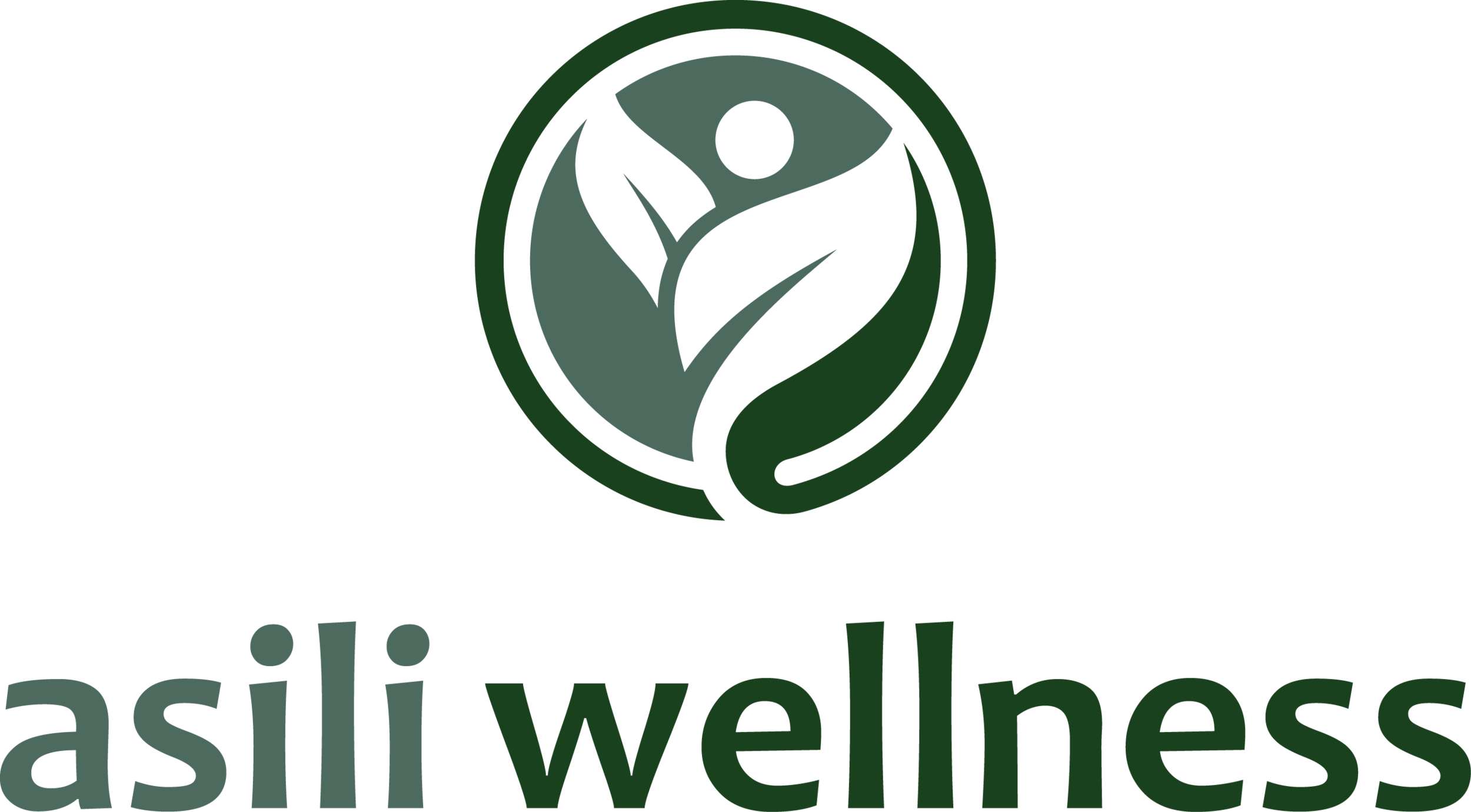Boundaries: The Art of Establishing and Nurturing Healthy Limits
“Love yourself enough to set boundaries. Your time and energy are precious and you get to decide how you use them. You teach people how to treat you by deciding what you will and won’t accept.”
- Anna Taylor
Let's talk about boundaries! Boundaries are not just walls that separate us from others; they're markers that help us feel safe and secure in our physical, mental, and emotional lives. Think of them as your space shields that promote trust, emotional stability, and self-esteem. Boundaries help us establish rules and guidelines that protect our identity and keep us grounded, especially when life gets challenging.
What Are Boundaries?
Boundaries are about respecting our needs and feelings. They give us the power to say a confident YES when we're comfortable and a clear NO when we're not. Think of them as your comfort zone!
When Boundaries Aren't Respected
When someone crosses a line, we often feel tightness, discomfort, or the urge to step back and create space in our bodies. These physical reactions are your body's way of protecting your privacy and sense of self. It's okay to assert yourself when someone infringes upon your boundaries.
Boundary violations can appear in different thoughts, feelings, and behaviors, so it's essential to tune into what your body tells you.
Types of Boundaries
Understanding and nurturing healthy boundaries can make your relationships and daily life much more enjoyable. Here are seven key types to consider:
(1) Physical Boundaries
These are about where you feel comfortable with touch and personal space. If someone gets too close, it's perfectly fine to step back!
(2) Emotional Boundaries
These help us honor our feelings and those of others. If emotions run high, we might say, "Let's take a moment to breathe,” which is okay.
(3) Time Boundaries
It is essential to recognize the value of your time. For example, you might tell your boss, "I need my evenings for family time," and that's okay!
(4) Sexual Boundaries
These boundaries focus on consent and respect. It's essential to communicate your preferences with your partner openly.
(5) Material Boundaries
This involves respecting personal belongings and knowing when to ask for something before borrowing it.
(6) Intellectual Boundaries
These boundaries celebrate your ideas and those of others, encouraging healthy discussions based on mutual respect.
(7) Spiritual or Religious Boundaries
Everyone has the right to beliefs. Silent prayer is a fantastic way to honor one's practices.
Redefining your boundaries can be a powerful tool for maintaining individuality and protecting yourself from negativity.
Final Thoughts
Embarking on a journey to understand and transform your boundaries can be incredibly rewarding. With some helpful exercises and reflections, you can become more aware of your personal space and how to navigate it. This awareness allows you to change unhealthy responses and create a balanced, harmonious life. Remember, it's all about ensuring you feel safe and respected in the world!
“If someone throws a fit because you set boundaries, it’s just more evidence the boundary is needed.”
― Unknown
Are you ready to live a healthy and vibrant lifestyle? The EAT, LIVE, AND THRIVE BUNDLE can help! It includes Naturally Nourished, The Everyday Yogi, and Five Tips for Maintaining an Active and Healthy Lifestyle with a Busy Schedule. Start your journey to a healthier you today!
Shop Products
Join Thrive
thrive is a complimentary resource with fresh goodies each month intended to help you create a healthier lifestyle mentally, physically, and emotionally.
Call, email, follow, or shop today to start your journey!
Peace & Wellness, Dr. Nicole













